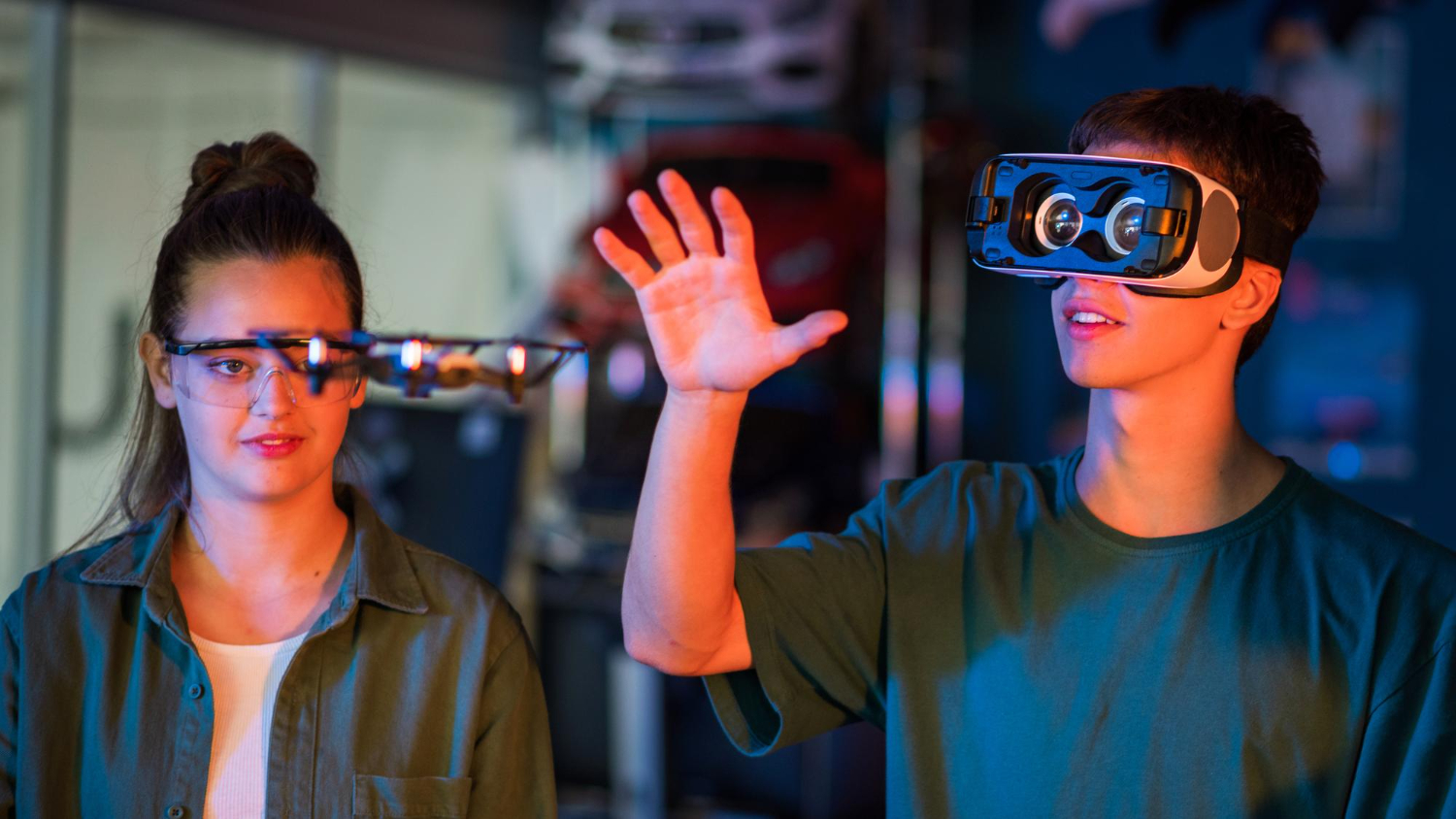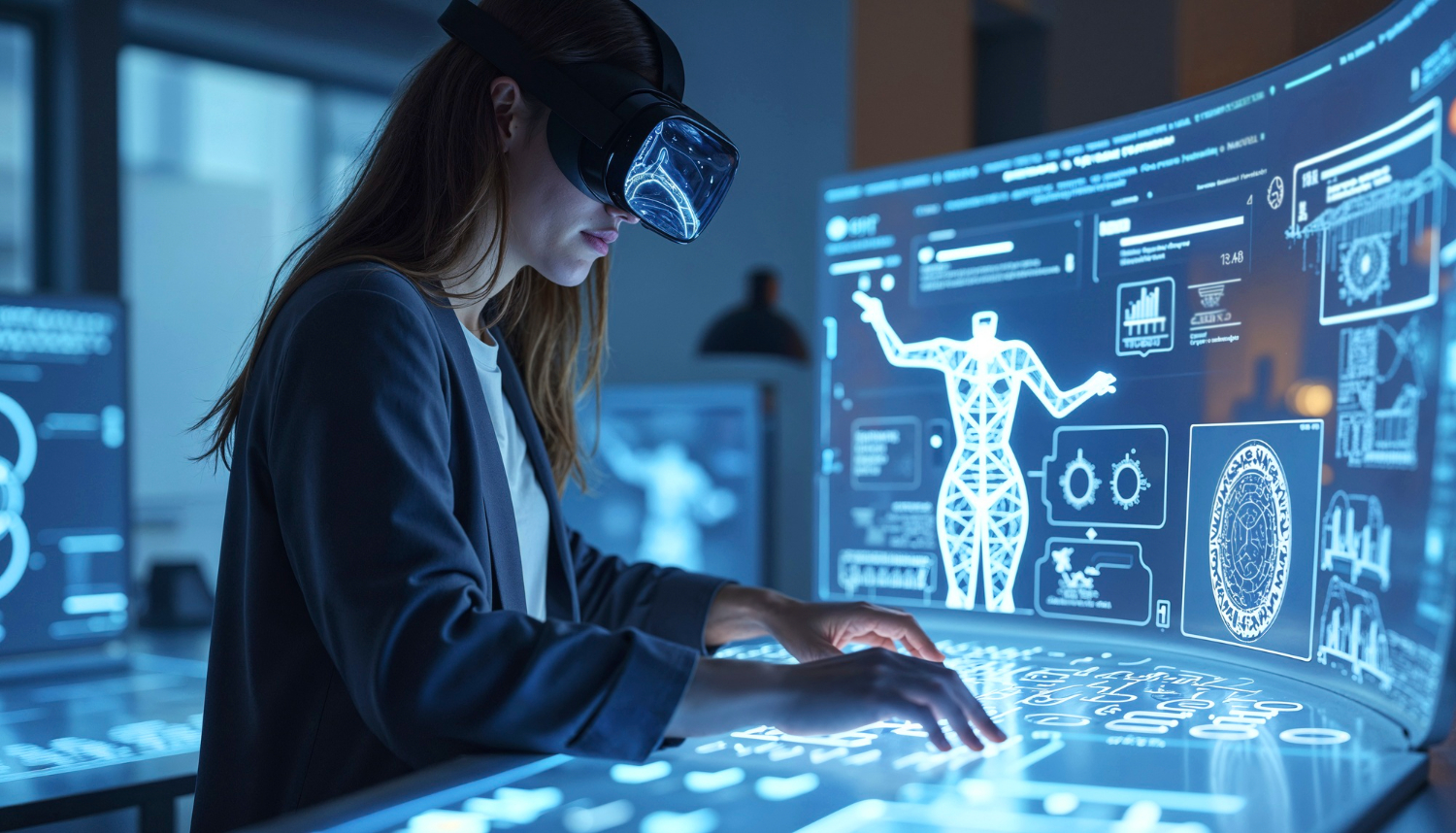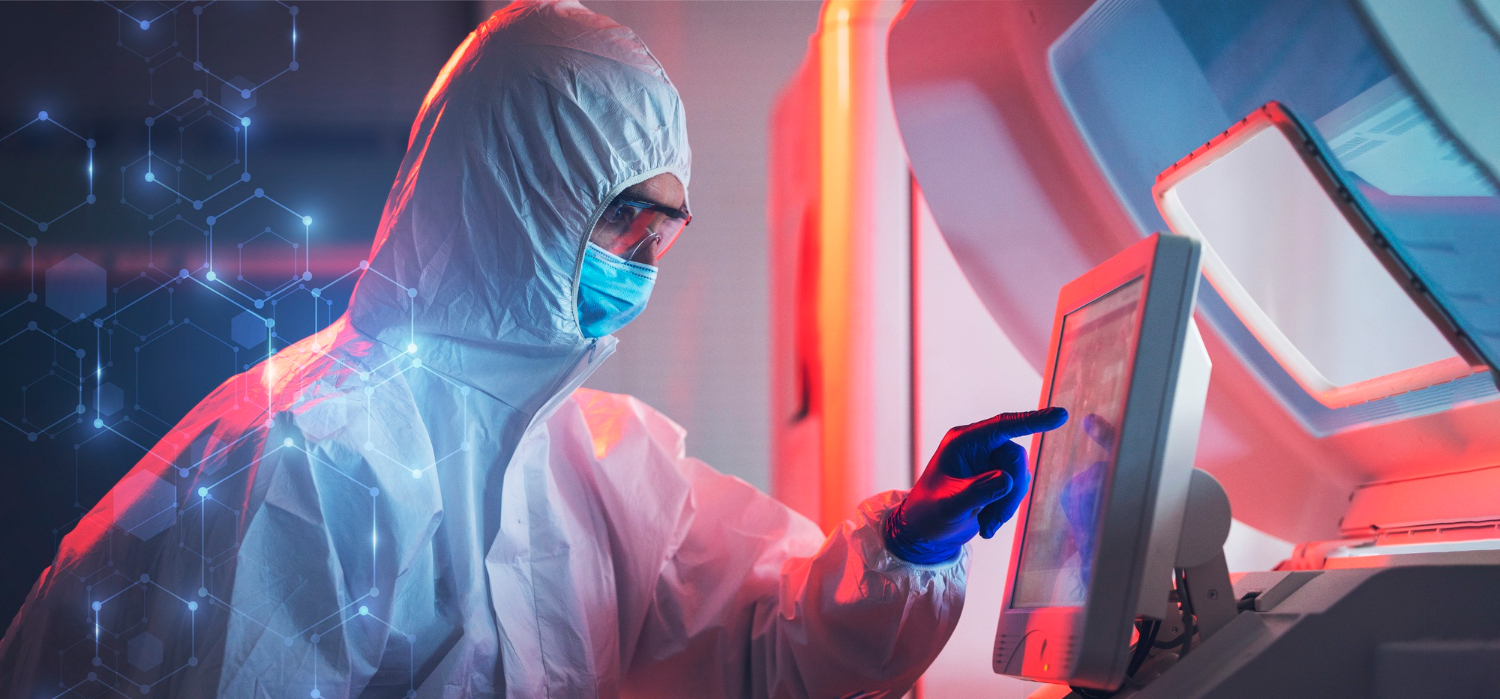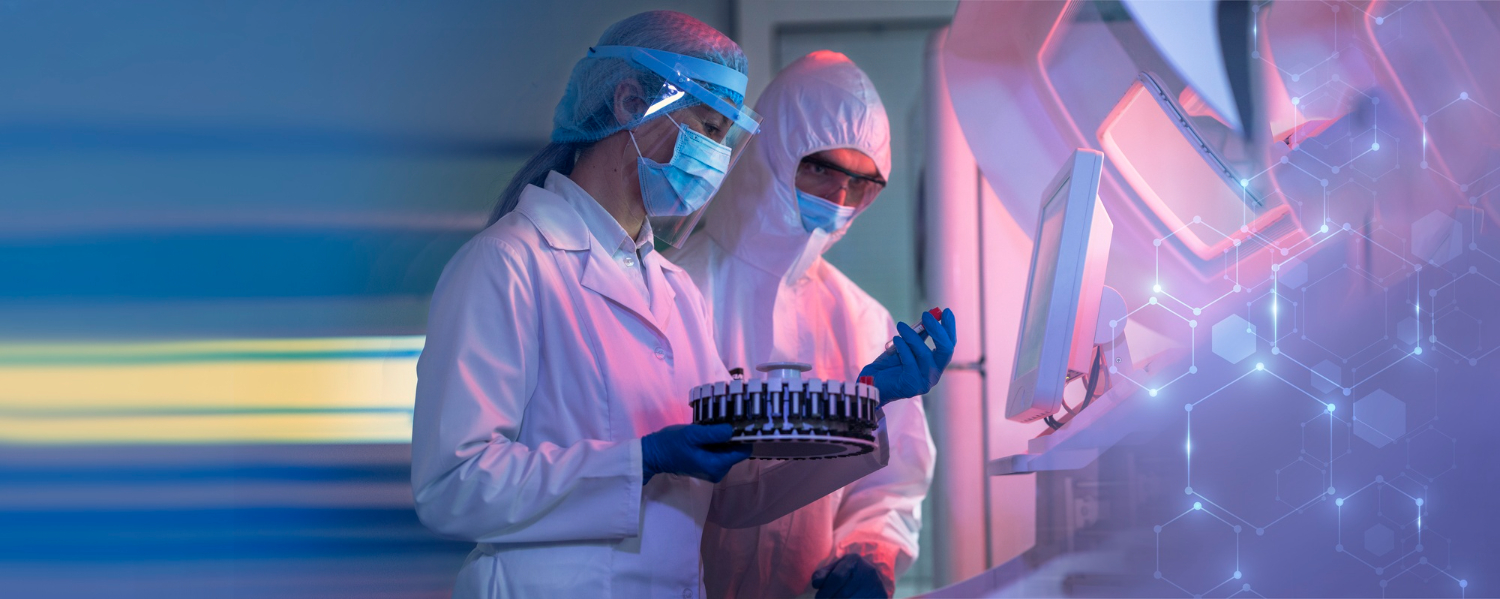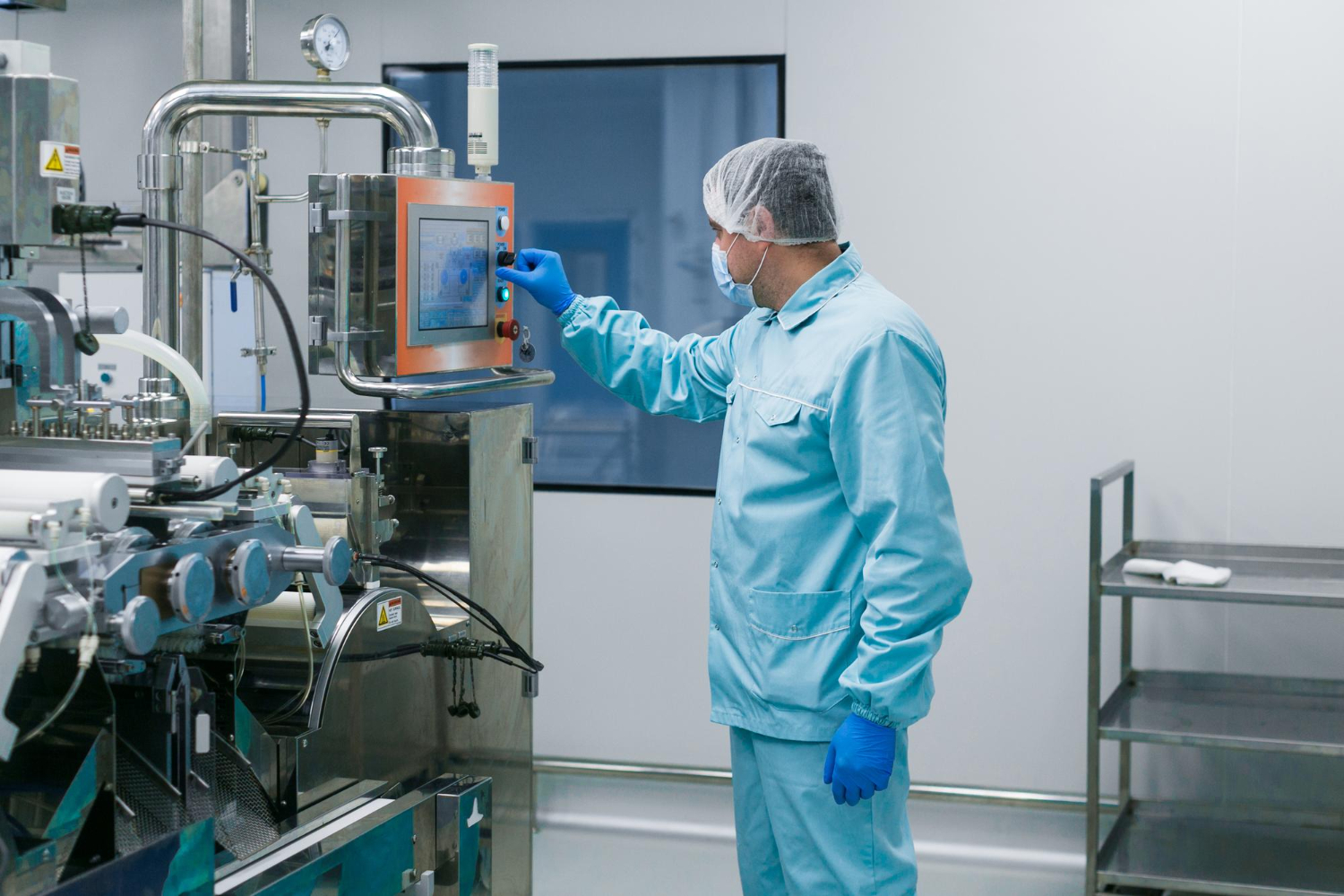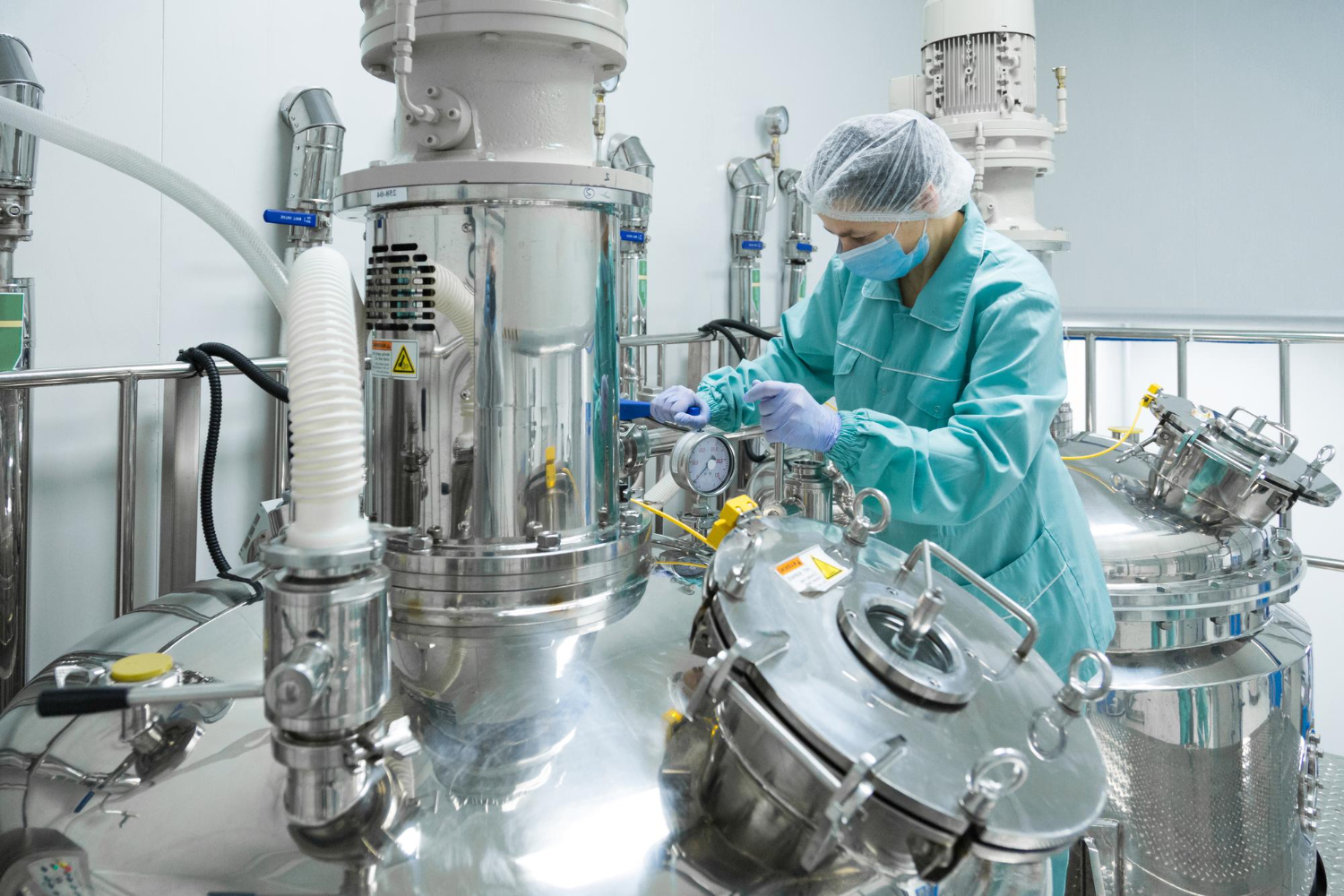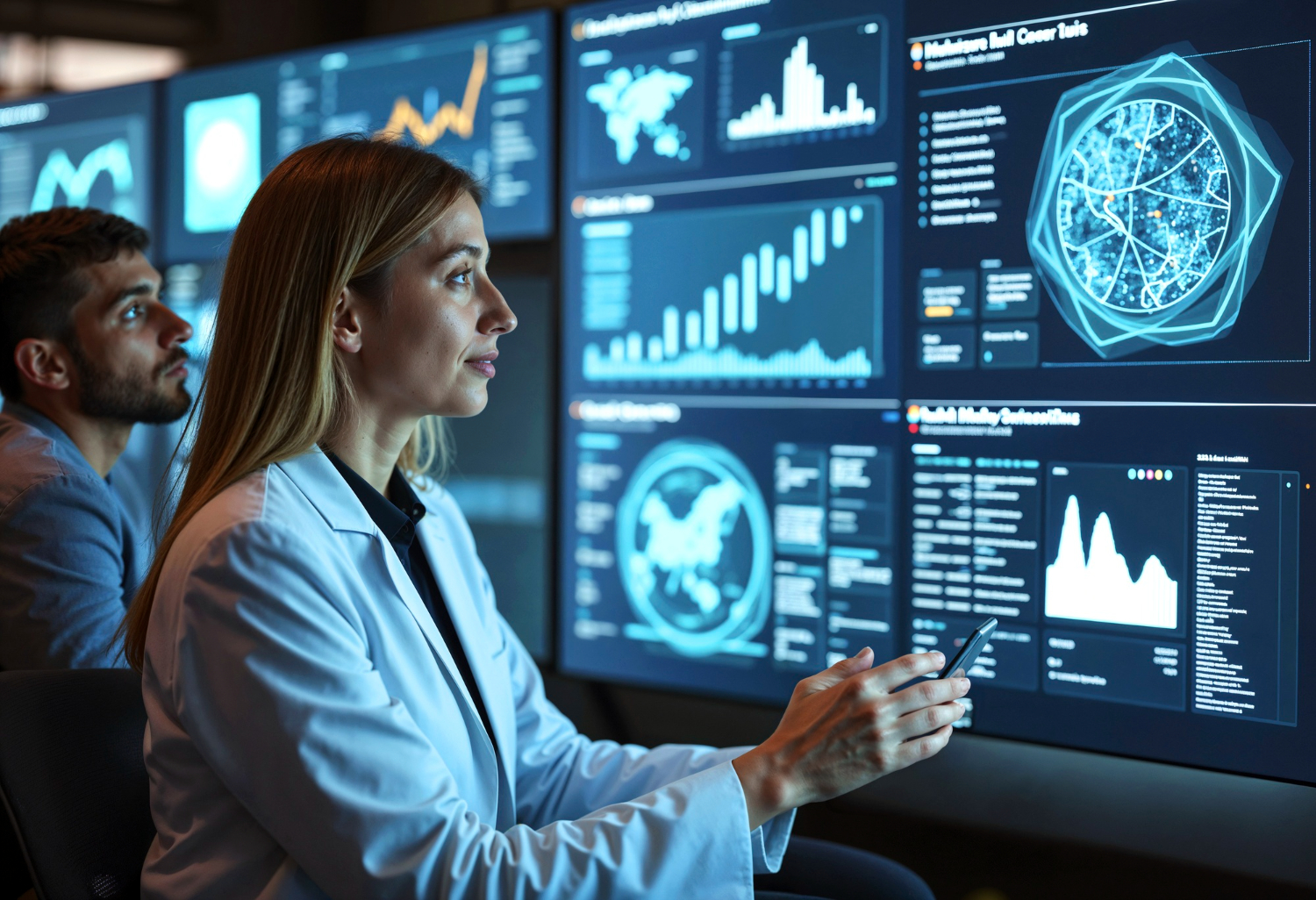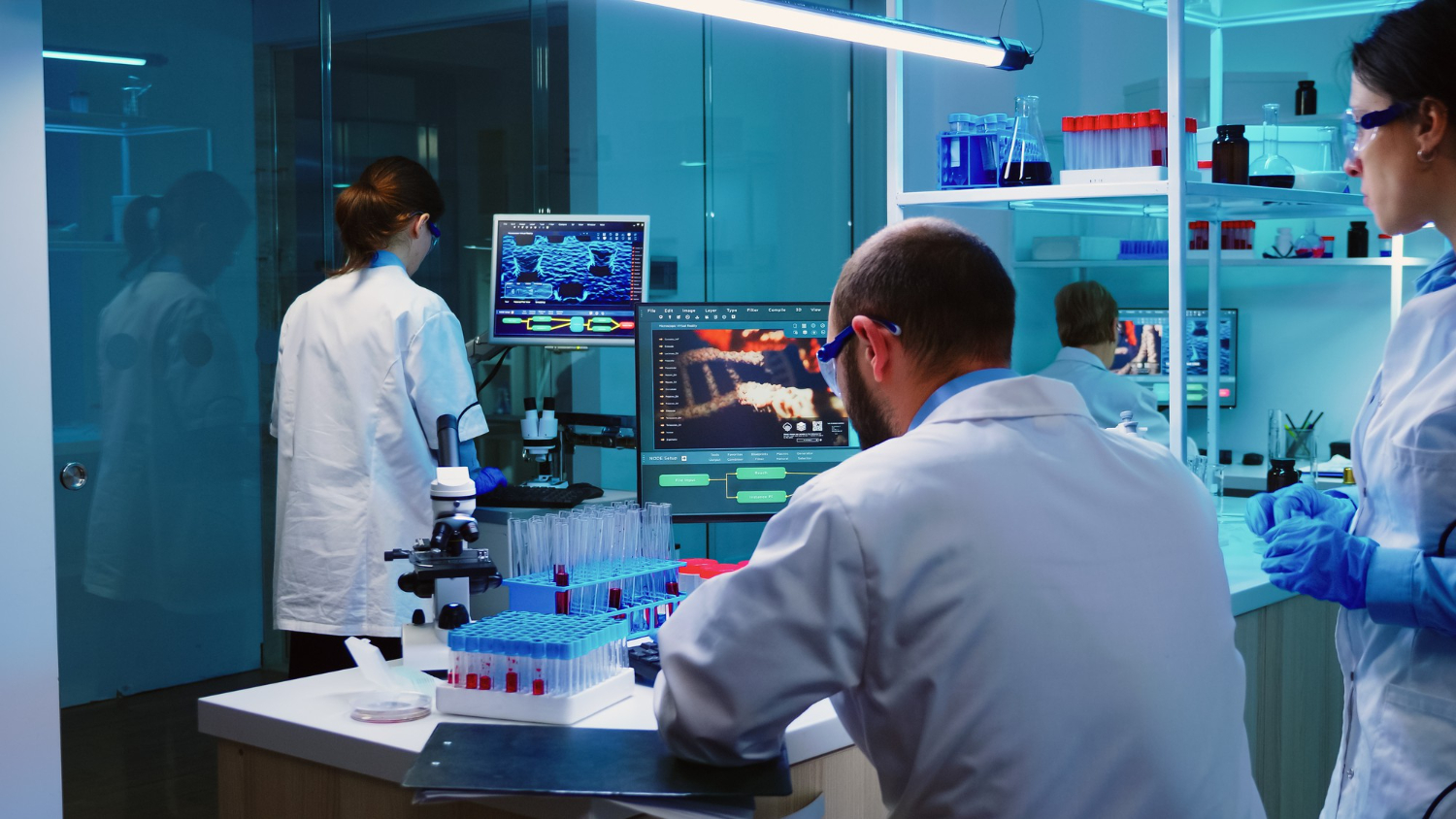Introduction to AR and Computer Vision
Augmented reality (AR) blends digital content with the physical world. AR adds digital layers to what users see in real life. It uses computer vision to detect and track the environment.
This helps AR systems place digital objects where they make sense. AR depends on accurate data from cameras, sensors, and algorithms.
Computer vision helps AR interpret visual data. It analyses images and videos in real time. The system identifies surfaces, objects, and motion.
It enables computers to understand what they see. This allows digital elements to interact with the physical world.
How Computer Vision Works in AR
Computer vision works by using algorithms to read and process visual data. It takes input from a camera. The input could be an image or video. It then processes this data to detect edges, patterns, shapes, and motion.
In AR, this process is fast and must happen in real time. The system analyses each frame. It detects surfaces like tables or floors.
It finds objects like chairs, doors, or people. Then it uses this information to position digital objects.
Deep learning models improve the system’s ability to understand complex scenes. These models learn from large data sets. They are good at recognising objects and understanding context. Computer vision systems in AR use convolutional neural networks (CNNs) for image recognition and object detection.
Real-Time Image Processing in Augmented Reality
Image processing helps clean up the data. Raw data from the camera may have noise or unclear parts. Image processing improves this.
It sharpens images, improves contrast, and removes blur. This helps the AR system make better decisions.
Real-time video processing is key for Augmented Reality. The system must act fast. It needs to track objects and users without delay.
This is critical for a smooth AR experience. Any lag would break the connection between digital and physical space.
Read more: The Benefits of Augmented Reality (AR) Across Industries
Using Object Detection in AR Systems
Object detection is one of the most important tasks in AR. It helps the system know what is in view. It finds objects and draws boundaries around them. This is how AR knows where to place digital items.
Object recognition goes a step further. It not only finds objects but also identifies them. For example, it can tell the difference between a cup and a phone. This adds context and improves the AR experience.
CNNs are widely used in object detection. They work well with images and videos. They scan images in layers and detect features like edges, corners, and textures. Then they combine this information to identify objects.
OCR and Text in Augmented Reality Applications
Optical character recognition (OCR) allows AR systems to read text from the real world. This is useful in many real-world applications. For example, AR apps can scan and translate signs, menus, or labels in real time.
OCR works by detecting text regions in an image or video. Then it recognises characters and turns them into machine-readable text. This is done using deep learning models trained on large data sets.
Computer Vision in Real-World AR Applications
Computer vision technology supports many real-world applications of AR. In retail, AR helps customers see how furniture would look in their homes. In education, AR makes learning more interactive by showing 3D models. In healthcare, AR supports surgeries by overlaying digital guides on the body.
Driving cars and autonomous systems also uses AR. Heads-up displays show navigation data on the windscreen. This keeps drivers informed without taking their eyes off the road. Augmented Reality combines with computer vision to keep these systems accurate.
In entertainment, Augmented Reality brings characters and effects into the real world. Mobile games use it to blend virtual elements into real scenes. Social media apps apply AR filters to faces using object tracking and facial recognition.
Read more: Augmented Reality Entertainment: Real-Time Digital Fun
Role of Deep Learning in AR and Computer Vision
Deep learning improves AR systems. It helps them learn from data and improve over time. Deep learning models, like neural networks, process complex data. They are trained with thousands of images and videos.
These models detect patterns that simple rules cannot. They make Augmented Reality smarter.
For example, a deep learning model can detect hand gestures or body movements. This helps in interactive applications. It also adds more natural responses.
Variational autoencoders (VAEs) are another type of model used in AR. VAEs learn to compress and rebuild images. This helps in generating or predicting visual content. VAEs are useful in image or video prediction and enhancement.
Combining AR with Virtual Reality and AI
AR and virtual reality (VR) are different but related. Augmented Reality adds to the real world. VR creates a fully digital world. Some systems combine both.
These are called mixed reality systems. Computer vision helps them track the user and environment.
Artificial intelligence (AI) supports AR by making it smarter. AI enables computers to adapt to new situations. It processes inputs and finds patterns.
With AI, Augmented Reality systems can adjust to different lighting, angles, and surfaces. They can even personalise the experience.
Computer vision technology powered by AI is at the centre of this. It enables computers to understand and respond to visual input. With the help of deep learning and image processing, AR becomes more stable and reliable.
Read more: Augmented Reality (AR) Problems and Challenges
Machine Learning and Training Data in Augmented Reality
Machine learning plays a big part in improving AR. Machine learning models learn from training data. The data must be accurate and diverse. It includes images and videos of different scenes, objects, and lighting conditions.
A well-trained model will perform better in the real world. It will detect and recognise objects even when they are partly hidden. It will track motion smoothly. This makes the AR experience better for users.
Machine learning also helps in personalisation. It studies how users interact with Augmented Reality. Then it adapts to user preferences. This creates a more engaging and useful system.
The success of these models depends on the size and quality of the data set. Large data sets with a wide range of examples help models learn better. Training takes time and computing power, but the results improve performance.
Security and Intellectual Property in AR Systems
Augmented Reality systems use data from users and the environment. This includes images, videos, and sometimes personal data. Security is important. Data must be protected from leaks or misuse.
Some AR applications involve intellectual property. This includes logos, products, and trademarks shown in the real world. Using this content must follow rules. AR systems must respect copyrights and usage rights.
AR creators also want to protect their own work. Their models, designs, and tools are valuable. These must be secured. Licensing and usage rules help protect intellectual property in AR systems.
Creating AR Content with Computer Vision
Content creation is a major part of Augmented Reality. This includes 3D models, animations, and interactive features. Generative AI tools are helping speed this up. These tools use AI to create content automatically.
Generative adversarial networks (GANs) are often used for image generation. They create realistic images from simple inputs. This helps in creating characters, textures, and backgrounds. GANs improve quality while saving time.
Text-based inputs can also guide content creation. Natural language processing allows users to describe what they want. Then the system generates the matching visual elements. This bridges the gap between design and development.
Real-time video editing is also part of content creation. It allows digital elements to respond to changes in the scene. This includes lighting, shadows, and movement. Real-time adjustments make the AR content feel more real.
Read more: The Future of Augmented Reality: Transforming Our World
Why Computer Vision is Key to AR Success
Computer vision systems make Augmented Reality possible. They are the link between the digital and physical world. These systems see what the user sees. They process that data and react to it.
Without computer vision, Augmented Reality would not work. It would not know where to place objects. It would not be able to track users or respond to motion. The whole experience would break down.
Computer vision technology continues to improve. It gets faster and more accurate. It supports more real-world applications. As it grows, so will the use of Augmented Reality across industries.
How TechnoLynx Can Help
TechnoLynx builds computer vision solutions for AR applications that work in real-time and adapt to different use cases. We use deep learning models to support image recognition, object detection, and tracking.
We help clients build AR systems for mobile, web, and industry tools. Whether it’s for education, entertainment, or logistics, we tailor our computer vision systems to your needs. We provide scalable, secure, and easy-to-use solutions.
Our experts ensure your Augmented Reality projects meet performance standards. We help you with data sets, machine learning models, and compliance. Partner with TechnoLynx to bring your AR ideas to life.
Image credits: Freepik

